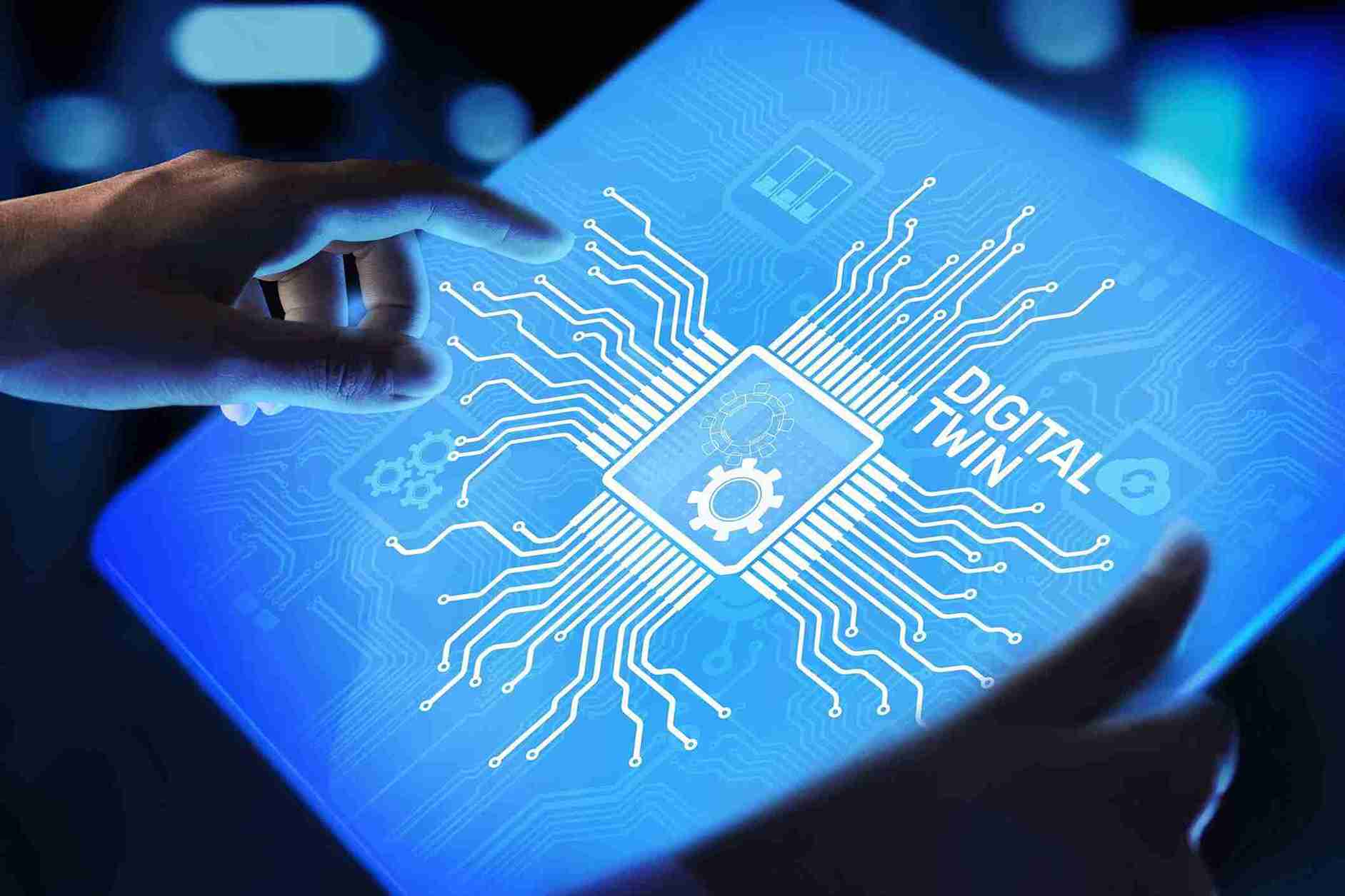What Is Digital Twin Technology and Why It Matters to Your Bottom Line

Digital twin technology is gaining traction across a widening range of industries, including utilities. Reasons include reduced risk, heightened predictability, and more detailed information on company assets. The bottom line, however, is that digital twin technology can offer big gains in efficiency that save time and reduce expenses.
What is digital twin technology?
A digital twin is a virtual representation or duplicate of a physical asset, operational system, or process. It is a comprehensive set of data and measurements that creates an accurate simulation of reality that can be accessed from a desktop, laptop, or even a smartphone.
Digital twins are produced by various technologies and take different forms. They can be three-dimensional, measurable photographic reproductions of actual equipment or objects, such as a utility pole, a transformer, or—potentially—an entire network of assets. Other technologies produce 3D point clouds instead of photographic twins. In whatever form they take, having an electronic copy of the real world at your fingertips in the office provides valuable, easily accessible information about your plant.
This concept will allow businesses to perform simulations that test the effects of potential changes, from increased loads to intentional modifications in equipment or extreme weather.
Adopting digital twin technology can be challenging. The biggest challenge, as outlined on IoT World Today, is adequately managing all the data that goes into constructing a digital twin.
As the Internet of Things (IoT) emerges more fully over the next few years, the capabilities of digital twins for real-time network monitoring are likely to grow more and more sophisticated.
What are the types of digital twin?
The types of digital twin a company chooses to create depend on its purposes. Common types include:
Asset digital twin – This is a reproduction of an important asset. For a utility company, a good example is a digital twin of a utility pole. The twin would include complete measurements for the pole and all equipment or cables attached to it. If desired, the representation also could encompass the pole’s immediate surroundings, such as nearby buildings, ground surfaces, and trees.
System or operational digital twin – This is the big picture. An entire facility or entire network of physical assets could be represented, allowing sophisticated analysis and predictive scenarios. Of course, this will require a large amount of accurate data to be useful.
Process digital twin – This may incorporate aspects of physical digital twins, but the focus is on logistics and processes, not the equipment itself.
The Bottom Line
Creating a functional digital twin requires front-end investment in data collection and careful digital stitching. More companies every year, including utilities, are willing to go the extra mile because of the potential gains in efficiency and savings. Here are five ways digital twins will help utilities spend money more effectively and efficiently.
Storm preparation – Repairing and replacing infrastructure and restoring service following severe weather is a huge expense for utilities. Performing asset analysis and storm simulations on a digital twin can pinpoint vulnerabilities in the asset network, allowing companies to spend money strategically to shore up infrastructure before the next big storm hits.
Advanced troubleshooting – When power delivery equipment goes bad, it often means power outages and a rushed response to replace the failed unit. A digital twin linked to sensors can predict equipment failure as much as four weeks in advance, according to PowerGrid International. This reduces the need for emergency response, allowing for better-coordinated replacement.
Virtual trial and error – One great advantage of a digital twin is that a company can test any number of potential changes to its equipment and infrastructure before deciding to make costly physical changes. Potential mistakes can be spotted in advance and avoided. This could be especially useful when companies are preparing to implement the latest IoT technology.
Targeted trimming – Another major budget item for utilities is trimming and, in some cases, removing trees that threaten to encroach on power lines, potentially causing outages or even starting fires. An operational digital twin can be used to determine the growth rates of vegetation near the power lines, enabling more strategic, cost-effective scheduling of right-of-way maintenance.
Joint use permitting – The joint use department at a utility company is an increasingly busy place these days. The number of applications to attach communications equipment to utility poles has mushroomed since companies began rolling out 5G service, which requires a much denser cellular network than 4G. Access to a digital twin reduces the need to send a person to look at a pole every time a request for attachment is received, providing a huge cost savings.
Data: A Firm Foundation
To realize the full potential—and potential savings—of whatever type of digital twin technology you choose to employ, a company first must clear the data hurdle. Asset records need to be accurate, comprehensive and properly managed.
Alden One® is a centralized platform that makes it easy to manage your asset data, automate your business processes, and communicate with joint use partners, such as contractors and attaching companies.
If you want to learn more about Alden, our products and our services, click below or book a meeting here.

Comments